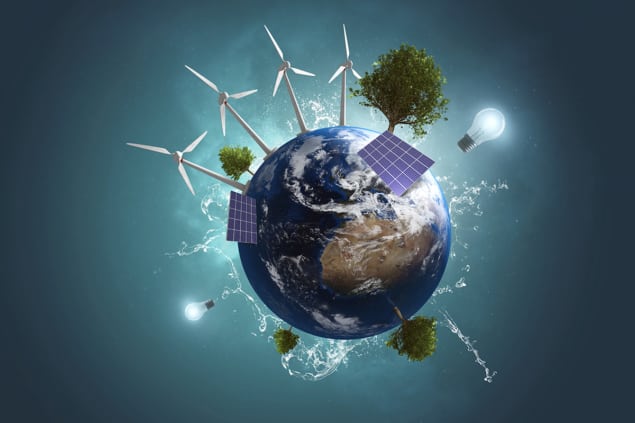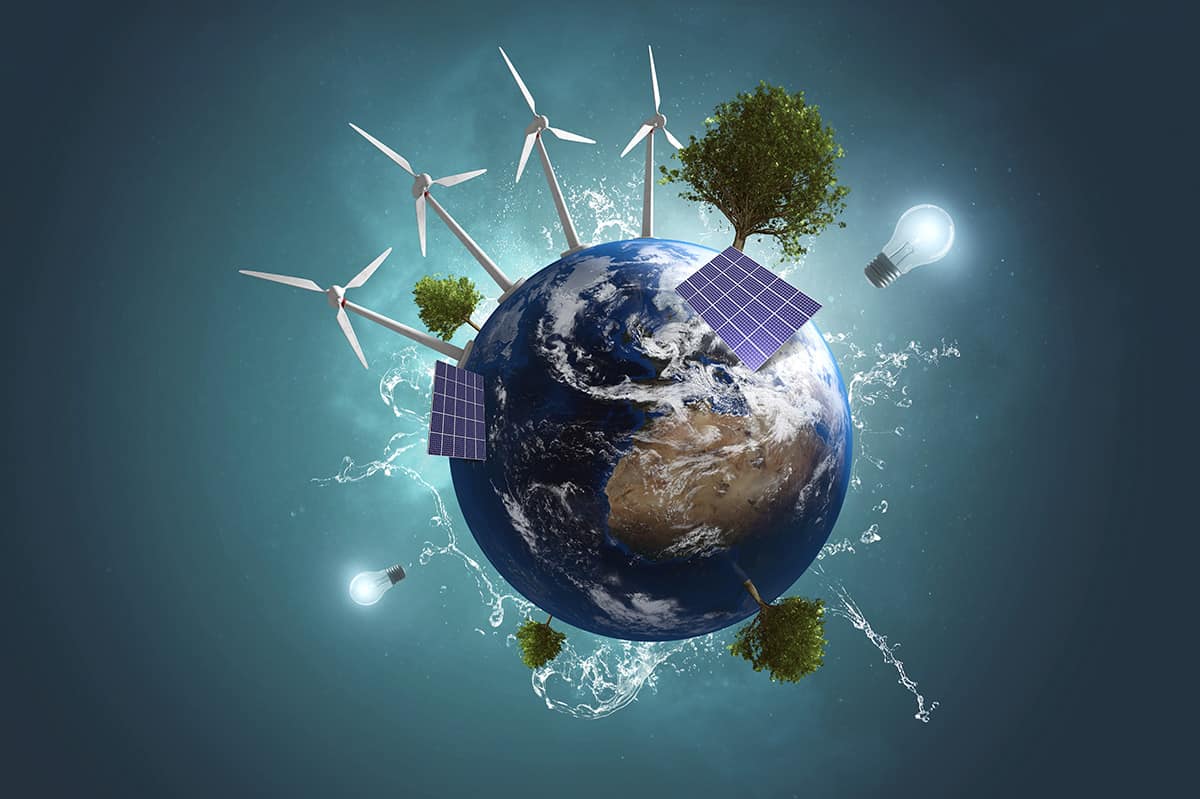
The importance of scientific evidence to the negotiations at the COP26 climate conference in Glasgow was given extra prominence yesterday (9 November) in what was billed as Science and Innovation Day. It saw several new initiatives unveiled at the two-week United Nations’ summit, focused on decarbonization and ways to adapt to climate threats.
However, the optimism was dented when a report released yesterday from Climate Action Tracker, which monitors the impact of national climate policies, found that current commitments will lead to global warming of at least 2.4°C above pre-industrial levels. That is well above the Paris agreement, designed to keep warming as far below 2°C as possible.
There was more bad news with today’s release of the first draft of the COP26 final statement. It has been widely criticised for its lack of ambition and enforceable commitments — despite growing evidence that restricting average global temperature rise to 1.5°C will lead to far less catastrophic outcomes than warming of 2°C or more.
“The target of 1.5°C isn’t plucked from the air, it is an important evidence-based number and it’s a real possibility albeit one that is going to require unprecedented change,” said Sir Patrick Valance, the UK’s chief scientific advisor in Glasgow.
Deep decarbonization
Science and Innovation Day saw four new projects unveiled under the Mission Innovation programme, increasing the total to seven. Some 22 governments and the European Commission have already signed up to the new missions, which cover urban transitions, cutting industrial emissions, carbon dioxide removal, and developing greener fuels and materials. In total, governments, corporations and research institutes have already invested $18bn in the programme, a figure projected to rise to $250bn by the end of the decade.

COP26 special: energy innovation, sustainable cities and carbon capture
Meanwhile, the UK, India, Germany, Canada and the UAE have agreed to disclose the embodied carbon in major public construction projects by 2025, as part of the Industrial Deep Decarbonisation Initiative. These five nations have also committed to net zero steel and concrete by 2050 for major projects. Elsewhere more than 40 states, including China and the US, have agreed to act on annual updates from the Breakthrough Agenda — a programme launched last week to stimulate green alternatives in carbon-intensive sectors such as transport, energy and heavy industry. Politicians and business leaders have talked up “green hydrogen” as a key solution in these sectors.
Green smokescreens?
Science and Innovation Day also had a strong focus on adapting to climate threats. The UK Space Agency announced an additional £7m funding for projects that will help to track climate change and identify hazards. The UK Foreign, Commonwealth and Development Office launched its Adaptation Research Alliance, which brings together almost 100 organisations from 30 nations to increase the resilience of vulnerable communities. The UK announced an additional £48m funding towards the programme, mostly for African projects, although this is dwarfed by recent cuts to the UK’s foreign-aid budget from 0.7% to 0.5% of its gross national income (roughly £4–5bn annually).

Getting physical with the climate crisis
Pasang Dolma Sherpa, executive director of the Center for Indigenous Peoples’ Research and Development, said yesterday that indigenous voices are still not being sufficiently incorporated into climate adaptation proposals. “Indigenous people represent 5% of people in the world but they are safeguarding 80% of biodiversity in ecosystems,” she said. Sherpa, who also works with the International Union for Conservation of Nature, called on decision makers to treat indigenous knowledge as an equal to modern science when devising solutions to climate change.
